I am a firm believer that the habit of regular and challenging reading is useful – perhaps essential – for professional and personal development. However, knowing what to read and how to find it can be challenging when we consider how much information is freely available online.
This article will describe several publications that I consider valuable reading material for a professional driver. I won’t be describing works of fiction but instead will be focusing on material that will help a truck driver develop as a professional. I will only be recommending material I have read myself and found to be useful in my career.
The life of a truck driver is one full of long hours, hard work, and stress. Many in this profession may not be looking for extra activities to fill their preciously-scarce downtime. However, the decision to operate as a professional in any field does require a commitment to ongoing learning, and reading relevant publications should form part of this commitment.
Just like how our bodies become stronger and healthier through regular exercise, I believe that our minds become stronger and healthier through a regular habit of slightly challenging reading. I suggest about 30 minutes 4-5 days per week of reading materials that will help you in your personal and professional development, and my suggestions for these materials for those working as professional drivers are below. I will focus on material related to safety and driving skills.
Safety and Compliance
Professional drivers should have a strong understanding of the safety-related regulations that apply to their job. Many professional truck drivers do not receive any significant formal training in these subjects, though, so if you want to improve your safety-related knowledge, start reading.
Learning different safety violations through tickets is an expensive way to learn these lessons. The publications below will provide you with a strong safety foundation that will set you apart from your coworkers in terms of knowledge.
Commercial Vehicle Safety Alliance Out-of-Service Criteria
The Commercial Vehicle Safety Alliance’s (CVSA) Out-of-Service Criteria (OOSC) is a specific set of rules that outline critical safety violations for commercial drivers and vehicles. This is a very important set of rules for a commercial driver to understand because they literally outline the criteria by which commercial vehicle enforcement officers use to place drivers and vehicles out of service.
Unfortunately, CVSA charges a fee for access to this information, so whether you want an electronic document, physical book, or their app, you will need to pay for this publication. It is well worth the cost, though.
Canada NSC Standards
The National Safety Code (NSC) Standards are Canadian standards created by the Canadian Council of Motor Transport Administrators (CCMTA). The CCMTA is not the government, but instead is an organisation that works with the transportation industry to develop a set of safety standards for the Canadian transportation industry. The individual provinces then use the NSC Standards to build their own transportation-specific safety legislation.
The NSC Standards are a lengthy read, but even making it a goal to simply understand the major points of each of the 16 Standards will give you a greater understanding of how Canada’s transportation safety system operates. The Standards are also freely available online.
Provincial Legislation
Each province has its own set of legislation for the road transportation industry within its borders. While legislation is difficult to read and can be lengthy, there is great value in reading the actual word-for-word phrasing for some of the laws that apply to you as a commercial driver.
I suggest picking a law in a province in which you operate that carries significant weight for you (such as a distracted driving law), and then find where it is written in the legislation. Legislation is freely available online, and the act of researching and finding what you are looking for is a very valuable skill for any professional.
FMCSRs
The Federal Motor Carrier Safety Regulations (FMCSRs) are the American federal regulations that apply to interstate commercial drivers. These are overseen by the Federal Motor Carrier Safety Administration (FMCSA). These regulations spell out specific federal requirements for commercial drivers and carriers operating in the USA.
The FMCSRs are freely available online. As a side note, each state has its own state-specific legislation which may or may not apply to your operations, so the section above on provincial legislation also applies to each state.
OH&S
All of the documents so far apply to transportation safety, but commercial drivers are workers and all workers and their employers have specific obligations under provincial and federal occupational health and safety (OH&S) legislation. In Canada, this legislation is normally broken down into different documents such as an Act, a Code, and Regulations. I suggest starting with the highest document before diving into the more detailed material.
Your employer may be federally or provincially regulated. A trucking company that operates commercial vehicles over the borders of multiple provinces and/or into the USA is typically a federally-regulated employer and as such is governed by the Canada Labour Code. Provincially-regulated employers will fall under the OH&S legislation of their home provinces.
Driving Techniques
Commercial drivers should regularly be thinking about how they can improve as drivers. Even if you have a perfect driving record, there is value in sharpening skills. Complacency is a safety hazard if you start thinking that you are so good that you no longer need to exercise appropriate caution.
Below, I will discuss a major concept that drivers should read up on: collision preventability.
Collision Preventability
I have previously written on the subject of collision preventability versus fault. The main difference between these concepts is that fault lies with the driver directly responsible for the collision whereas preventability examines what all drivers involved in the collision did to try to avoid the incident. As an example, while a rear-ending collision may be the direct fault of the driver that failed to stop, the driver that was rear-ended may have contributed to the collision if they did not adequately clear their taillights of snow and ice.
There are many different resources on collision preventability. A resource I recommend is the National Safety Council’s “A Guide to Determine Motor Vehicle Collision Preventability”, copyright 2011. This publication is not free, but it is a well-written guide for trucking companies to dig deeper into the causes of their collisions. While it is aimed at safety professionals working at companies, a professional driver will re-think their attitude towards collisions after reading the guide.
Summary
I have presented some heavy reading material related to driver safety in the trucking industry. These are not simple and easy documents to read, but they contain an incredible wealth of practical information that is relevant to the daily duties of a truck driver.
All too often drivers learn about the rules that govern them by receiving a ticket. While all education has value, tickets are not the best way to learn. Spending some time increasing your knowledge about your profession will increase your confidence as an operator while potentially opening other doors in your future.














Comments are closed